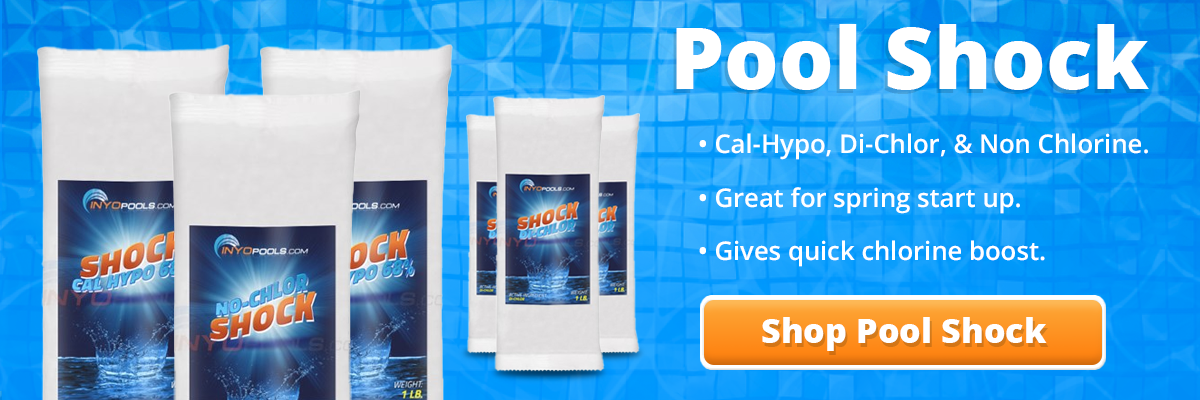Which one should I use? The type of shock you should use will depend on the water chemistry and why you are shocking. If the water is green, I would recommend using the cal-hypo shock. If you are shocking as part of a weekly maintenance and the pool looks clean, you can use either of the 3 shocks. I normally would recommend the non-chlorine shock be used every other week (week 1 chlorine shock, week 2 non-chlorine shock, week 3 chlorine shock etc.) or before or after a heavy bather load. I would also recommend using a non-chlorine shock if bromine is used as the primary sanitizer.




chris Posted: 11/6/2013
thank you for commenting on cyanuric acid with respect to the non-chloride shock. This helps people tackle the chloroamine problem with confidence.Reply
GeorgeYBeatriz Posted: 12/19/2012
Thank you this was a lot of helpReply